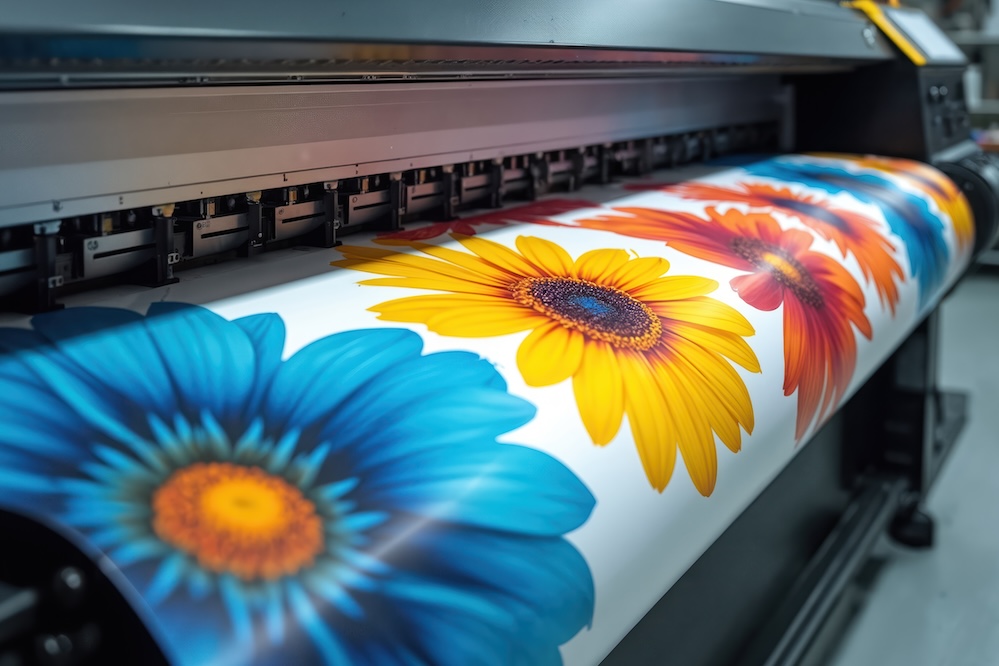The future of publishing industry is a topic that sparks considerable interest among marketing professionals. As we stand on the brink of a technological revolution, understanding the potential changes and innovations in the publishing sector is crucial. The publishing industry is not just about books anymore; it encompasses digital media, print advancements, and evolving consumer preferences.

The Impact of Digital Transformation
In recent years, the publishing industry has witnessed a significant digital transformation. This shift is not just about moving from print to digital formats but about enhancing the overall reader experience. Platforms like IBISWorld highlight the growing importance of digital media in today’s market.
Adapting to Digital Platforms
Publishers are increasingly adopting digital platforms to reach a broader audience. This transition is driven by the need for instant access to content and the convenience digital formats offer. The challenge lies in maintaining quality while adapting to rapidly evolving technologies.
The Rise of Subscription Models
Subscription models are becoming increasingly popular in the publishing industry. They offer a consistent revenue stream and allow consumers to access a wide range of content for a fixed price. This model not only benefits publishers but also provides readers with diverse content options.
Innovations in Content Delivery
Innovations in content delivery are reshaping how readers consume information. From audiobooks to interactive e-books, the focus is on creating engaging and immersive experiences. Publishers are leveraging technologies like augmented reality to enhance print media, as seen in AR in Print Media.
The Importance of Data Analytics
Data analytics plays a pivotal role in the publishing industry. By analyzing consumer behavior, publishers can tailor content to meet the needs of their audience. This data-driven approach ensures that publishers remain competitive in a crowded market.
Harnessing Artificial Intelligence
Artificial intelligence is revolutionizing content creation and distribution. AI tools assist in editing, recommendation systems, and even generating content. For more insights on AI’s role, check out AI in Printing Technology.
The Shift Towards Sustainability
As environmental concerns rise, the publishing industry is shifting towards sustainable practices. This includes using eco-friendly materials and adopting zero-waste processes. For a deeper understanding, visit Zero-Waste Printing Processes.
Challenges in Achieving Sustainability
While the move towards sustainability is promising, it comes with challenges. Balancing cost with environmentally friendly practices requires innovation and commitment from industry leaders.
The Role of Social Media in Publishing
Social media platforms are becoming crucial marketing tools for publishers. They offer a direct line to consumers, allowing for real-time engagement and feedback. This interaction helps publishers understand market trends and consumer preferences.
Building Online Communities
Online communities centered around specific genres or authors are becoming popular. These communities provide a space for readers to connect and share insights, fostering a sense of belonging and loyalty.
Emerging Technologies in Print
Despite the digital shift, print media continues to evolve. Innovations like 3D printing are opening new avenues for creativity and engagement. Learn more about this at 3D Printing in Manufacturing.
The Global Perspective on Publishing
The publishing industry is not limited to any one region. Global trends indicate a growing demand for diverse voices and stories, reflecting the multicultural nature of today’s readership.
Challenges in Global Distribution
Distributing content globally comes with logistical challenges. However, advancements in technology are helping overcome these barriers, making it easier for publishers to reach international markets.
The Future of Traditional Publishing
Traditional publishing is facing competition from self-publishing and digital platforms. However, it remains relevant due to its established infrastructure and credibility. Comparing traditional methods with modern techniques can be insightful, as discussed in Traditional vs Modern Offset Printing.
Adapting to Modern Trends
Traditional publishers are adopting modern trends to stay relevant. This includes embracing digital formats, enhancing marketing strategies, and collaborating with tech companies.
The Future of Publishing Industry in Education
The educational sector is a significant market for publishers. The demand for digital textbooks and interactive learning materials is on the rise, reflecting the need for innovative educational resources.

FAQ Section
What are the key trends in the future of publishing industry?
Key trends include digital transformation, sustainability, subscription models, and the rise of AI in content creation.
How is technology impacting the publishing industry?
Technology is enhancing content delivery, enabling data-driven decisions, and fostering innovations like augmented reality and AI-driven tools.
Why is sustainability important in publishing?
Sustainability is crucial due to environmental concerns. Publishers are adopting eco-friendly practices to reduce their carbon footprint and meet consumer expectations.
This article contains affiliate links. We may earn a commission at no extra cost to you.






